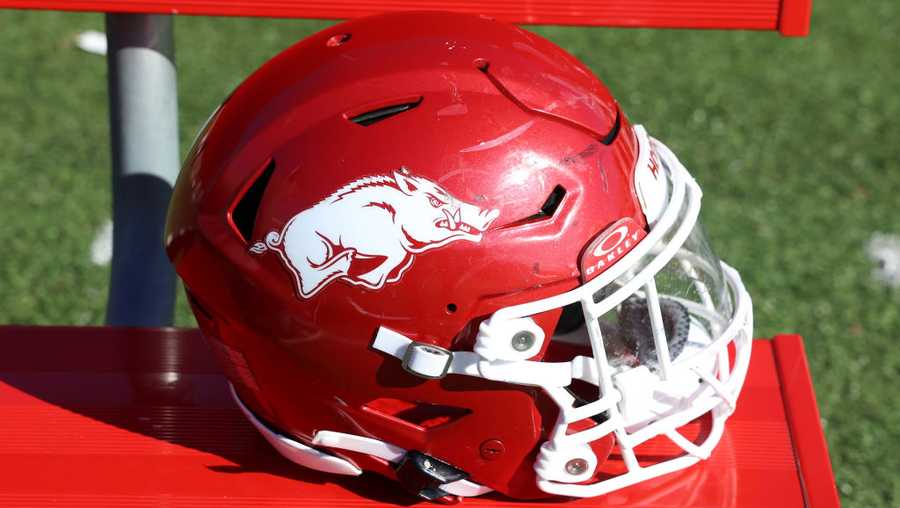September seems to be slipping by really fast, although technically it just seems that way. Perhaps that’s because as of Sunday morning, we’re officially in fall, or autumn. On the day of the fall equinox there’s an equal amount of light in both the southern and the northern hemispheres.
Due to our recent dry weather there’s yellow showing on many trees and vines. And poison ivy vines are now turning bright yellow, orange, or red, while their berries that many birds like will become light or white. But even though their leaf colors are now attractive, they can still give you a rash.
A lot of agricultural crops planted in this area are also now looking yellow, especially soybeans and field corn. And planting mixes, like the pigeon mix that David plants each year are now fully mature.
We don’t have pigeons but this mixture attracts all kinds of birds and wildlife. It’s a mix of corn, safflower, wheat, white proso millet, and several different kinds of peas. Some of the pea plants, like those of the maple peas, are now 5 feet tall and topped with purple flowers.
Eventually the maple pea flowers will become brown seeds that are used in many ways other than to attract wildlife. Some are shipped overseas to countries where they’re used for food, especially in soups. But also these seeds are apparently good for bringing in fish when someone’s carp fishing.
One day last week I looked closely at a nearby wild area that’s planted with native species, and in it was another kind of pea. Partridge peas are members of the legume family, so they fix nitrogen in the soil. They’re native annuals that will grow just about anywhere, although they do best in sandy soil.
Bees are drawn to their flowers even though there’s no nectar in their blooms. They do, though, have nectaries at the bottom of their petioles where their leaves are attached to their stalks, and ants and other insects easily find them.
Partridge pea plants are also larval hosts for moths and several butterflies. However, although these plants are basically very beneficial, their seeds should never be eaten by humans and they can cause irritation in the digestive tracts of some animals.
On a different subject, I was recently sent an email from a conservation organization about a problem with American beech trees. Beech leaf disease (BLD) is caused by a microscopic, invasive worm called a nematode that damages the tree’s buds and leaves, and the easiest way to see if a tree has problems is to look for banding on its leaves, according to the warning from The Nature Conservancy.




